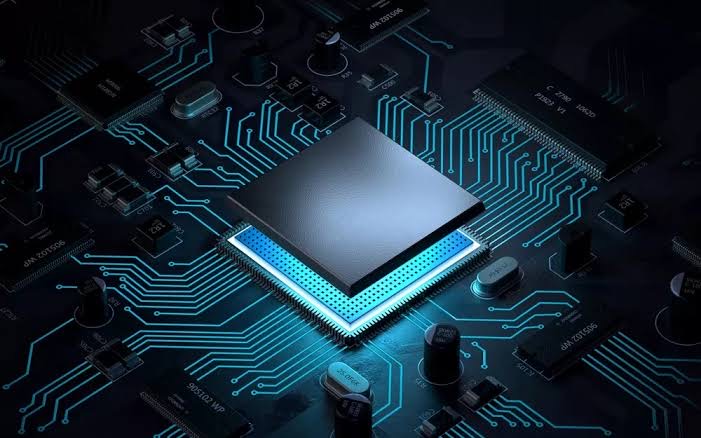How graphene semiconductors can revolutionise electronics and computing (Front Line)

- 05 Jan 2024
Why is it in the News
Recently, Scientists have made a breakthrough in electronics, creating the world’s first functional semiconductor made from graphene—a material known for being tough, flexible, light and with a high resistance.
What is Graphene?
- Graphene is a single sheet of carbon atoms—a 2D material held together by the strongest chemical bonds known.
- These carbons are arranged in tessellated hexagons, much like honeycomb.
- It is an incredibly strong material. It’s so strong we can hold up a football with just one atomic layer of graphene.
- Graphene is also incredibly flexible, making it ideal for use in electrical devices and batteries, or even printed on glass, plastics or fabrics.
Keys Properties of Graphene:
- Strength: it is the strongest material ever measured, about 200 times stronger than steel.
- This is because the strong covalent bonds between carbon atoms in the hexagonal lattice make it very difficult to break apart.
- Conductivity: Graphene is also an excellent conductor of heat and electricity.
- In fact, it is the best conductor of heat at room temperature of any known material.
- This is because the electrons in graphene can move freely through the lattice without encountering any obstacles.
- Transparency: Graphene is almost completely transparent to light, absorbing only about 2.3% of visible light.
- This makes it a promising material for use in transparent electronics and solar cells.
- Flexibility: Graphene is also incredibly flexible, and can be bent and folded without breaking.
- This makes it a good candidate for use in flexible electronics, such as wearable devices.
- These properties make graphene a potential game-changer for a wide range of industries, including electronics, energy, transportation, and medicine.
Potential Applications of Graphene:
- Electronics: Graphene could be used to make transistors that are much faster and more efficient than the silicon transistors used in today's electronics.
- This could lead to the development of smaller, lighter, and more powerful devices.
- Energy: Graphene could be used to make solar cells that are more efficient at converting sunlight into electricity.
- It could also be used to make batteries that are lighter and have longer lifespans.
- Transportation: Graphene could be used to make lighter and stronger airplanes and cars.
- It could also be used to make more efficient batteries for electric vehicles.
- Medicine: Graphene could be used to make sensors that can detect diseases at an early stage.
- It could also be used to deliver drugs directly to diseased cells.
Drawback of Graphene:
- Graphene has major drawbacks, which has prevented its use in electronics.
- One major issue is known as the “band gap problem.”
- The band gap is a crucial electronic property that allows semiconductors to switch on and off.
- Graphene didn’t have a band gap—until now.
- Despite its promise, graphene is still a relatively new material and there are a number of challenges that need to be overcome before it can be widely used.
- One challenge is that it is difficult and expensive to produce large sheets of high-quality graphene.
- Another challenge is that graphene is very sensitive to its environment, and its properties can be easily affected by the presence of even small amounts of impurities.
- However, researchers are making rapid progress in overcoming these challenges, and it is likely that graphene will become a common material in the near future.
- With its unique properties, graphene has the potential to revolutionize many different industries and improve our lives in countless ways.
